Yusuf Chuku delves into the ads of Super Bowl 2021 using the Creative Effectiveness Ladder to understand their impact.
Pandemic-era budgets, social distancing, weary consumers – if constraint breeds creativity, then 2021 should have been a bumper year for Super Bowl commercials. And after a year like 2020, when it came to the ad breaks, who didn’t want creativity to win?
What has been proven again and again, over the years, is that when creativity wins, marketing effectiveness wins. So, what can this year’s Super Bowl commercials tell us about the state of effectiveness?
A quick glance at the array of Super Bowl ad top ten lists doesn’t really give us a strong indication of effectiveness. From the view of USA Today’s Ad Meter panel; to System1’s evaluation of emotional response; to Ad Age partnering with iSpot.tv to measure digital share of voice, there is no real agreed-upon framework to evaluate creative effectiveness at the Super Bowl. Instead of developing another top 10, I used the WARC/LIONS Creative Effectiveness Ladder to identify how some of the best work might be driving real business impact.
For those unfamiliar with it, the WARC/LIONS Creative Effectiveness Ladder identifies the six main types of effect that creative marketing produces, setting them in a hierarchy of levels from least to most commercially impactful. Developed in collaboration with the effectiveness experts James Hurman and Peter Field last year, it offers a universal definition and ‘shared language’ to discuss how creativity works, from an “influential idea” that over-achieves on campaign metrics, up to an “enduring icon,” which creates long-term brand and sales growth..
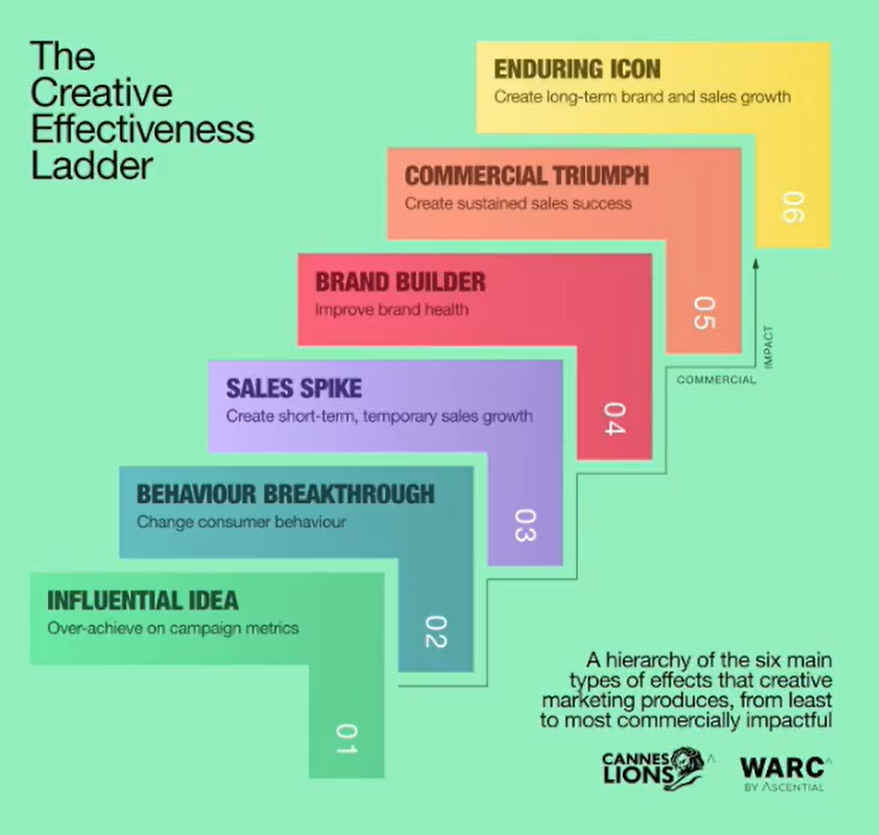
Obviously, only a few days after airing, it’s not possible to know for sure the effectiveness of any of the Super Bowl work. But here is a short review of five Super Bowl spots using the Ladder to offer an indication of their potential effectiveness.
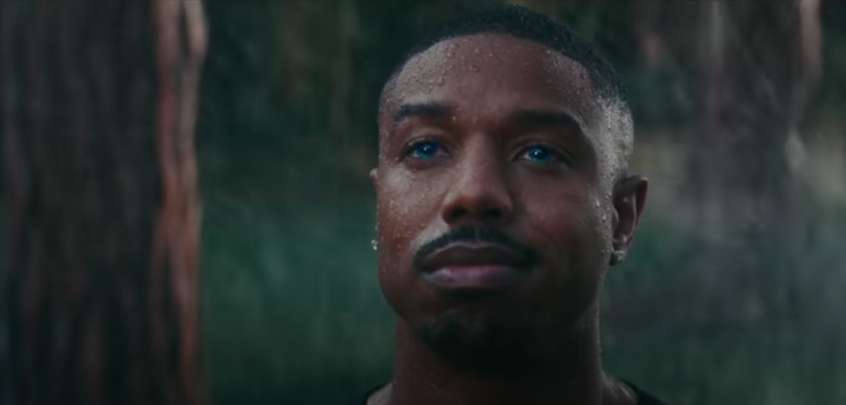
Amazon – Alexa’s Body/Lucky Generals
There was never a chance that my relationship with Alexa was ever going to replicate that which Joaquin Phoenix’s character in Her had with Samantha (voiced by Scarlett Johansson); but Amazon’s readiness to play with the absurdity of that very relationship is what gives this spot heart. There’s a knowing humor and a willingness to break from the tone we’d expect from Amazon that makes this spot engaging. And in a year that underdelivered in terms of diversity, the casting for the spot – with Black actors in all of the main roles – should be applauded. All in, fame driving buzz around this work and the engaging delivery make it a potential ‘Influential Idea’.
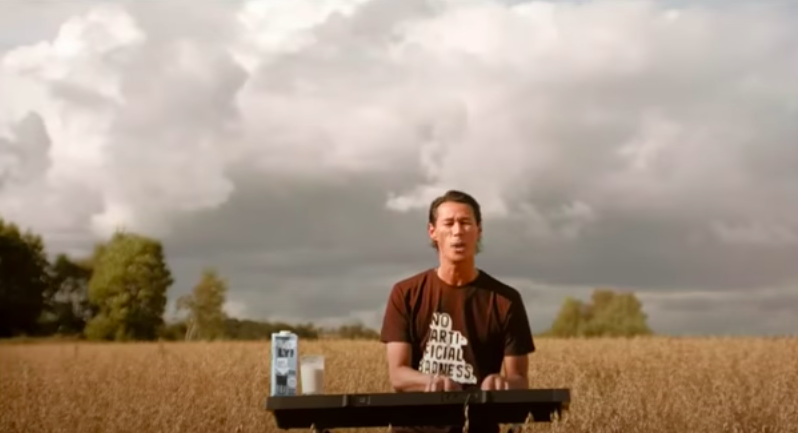
And just like that, Oatly became the Marmite of Super Bowl commercials. Love it or hate it, Oatly CEO Toni Petersson’s singing made the brand impossible to ignore. The absence of celebrity, big production budgets and a copywriter (Petersson wrote the “Wow, No Cow” song and not only sang, but played it on a keyboard in a field), helped the Oatly commercial stand out in a stunt-like way amongst the rest of the Super Bowl advertisers. Anyone familiar with this brand for the “post milk generation” knows it’s never shied away from fully embracing a kind of quirky post-modern style in its communication. With the company eyeing an IPO as early as May this year, with a valuation that some believe to be as high as $10bn, this spot has the potential to be a ‘Sales Spike’.
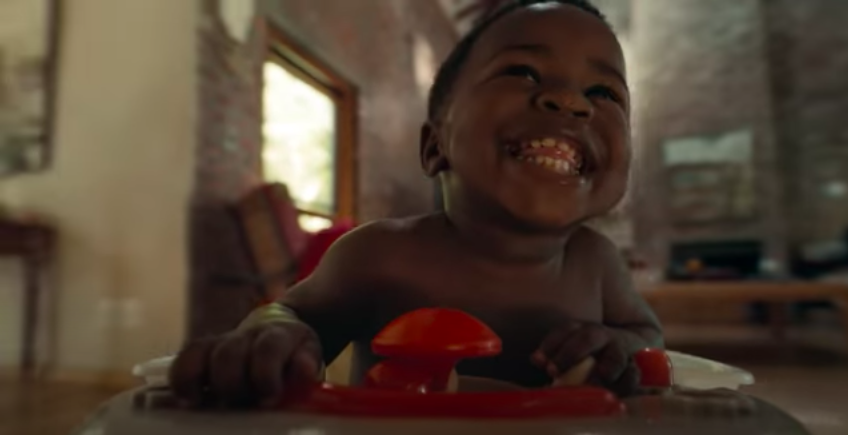
Huggies – Welcome to the World Baby/Droga5
Focusing on cute babies has never been a risky strategy, but at the same time it takes a certain amount of discipline not to resort back to usual “absorbency and fit” messaging, or spots about new dads struggling to change a diaper. What makes this work from Huggies a potential ‘Brand Builder’ is that it so elegantly and effortlessly builds on what emotionally connects people to brands in the category. There’s nothing new strategically here, but the creative work does the heavy lifting of presenting Huggies as a brand that gets it, a partner to parents as they embark on the hard but joyous journey that is parenthood.

This is far from M&M’S first time in the Super Bowl, so it’s no surprise the brand is so adept at wielding creativity for maximum effectiveness, in this case, by humorously addressing the fact, that so many of us are on edge. This spot probably hits a few rungs on the Ladder but what makes this interesting is its potential as a ‘Behaviour Breakthrough’. Presenting M&M’S as the best way to say sorry, the brand is simply and clearly asking for a behavior change. It’s beautifully obvious and well executed with M&M’S usual use of celebrity, animated characters and humor.
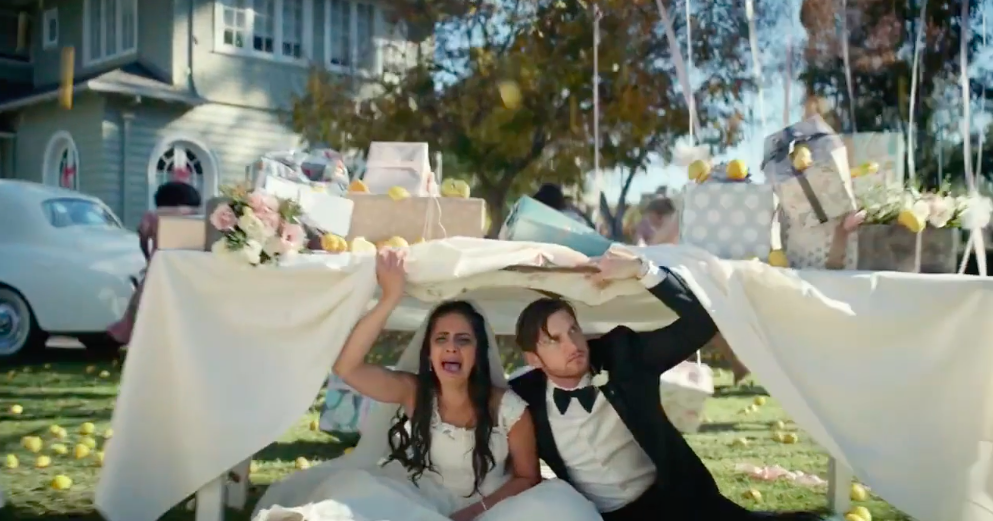
Bud Light Seltzer Lemonade – Last Year's Lemons/Wieden+Kennedy
Do we make reference to what has been universally a difficult year? That’s most likely the question every marketer asked when thinking about their Super Bowl presence. Handled badly, humor can seem flippant, while a more serious tone from a brand can seem performative and insincere. Yet, to ignore it completely may appear like a dereliction of duty. Rather than make a decision, a number of brands chose to just sit this Super Bowl out. Bud Light Seltzer Lemonade managed to capitalize on the moment by addressing it head on. By reveling in the small mishaps and inconveniences rather than harsher realities, Bud Light was able to capture the moment and allow for a smile. The ability of Bud Light to inject its product relevantly into the moment is what makes this work a potential ‘Influential Idea’.
The WARC/LIONS Creative Effectiveness Ladder will be part of the judging process for the new WARC Awards for Effectiveness, in association with LIONS. Yusuf Chuku is judging the Collaboration & Culture Award. The entry fee has been waived for 2021 and the deadline is 1 April. Find out more about the awards and how to enter here.

